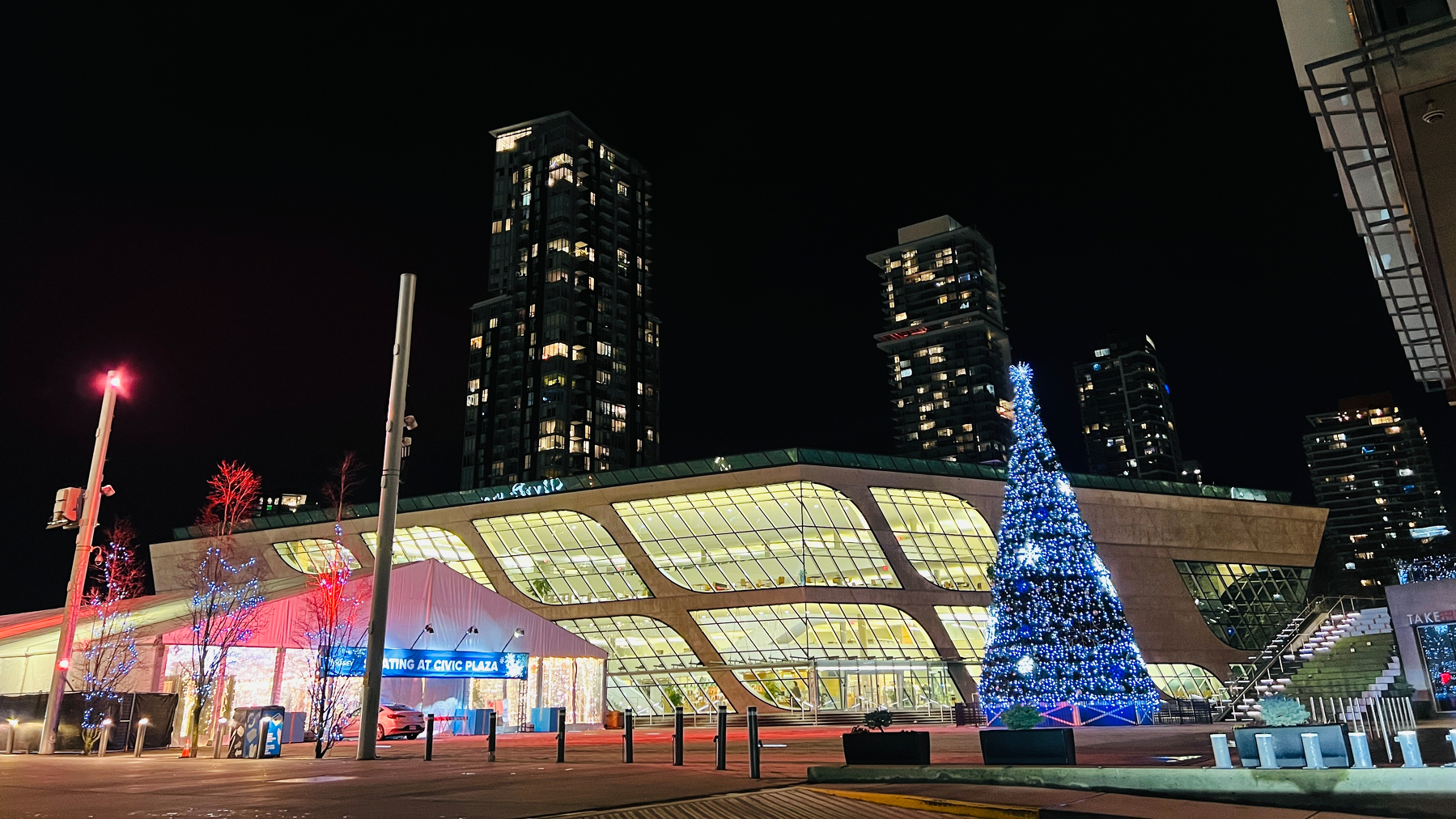Best of 2025
Notable reads, watches, and questions for the year
Notable reads, watches, and questions for the year
Wife surprised my anime loving daughter with the hotel upon arrival in Tokyo 😄

Listened to half of this today: Orbital by Samantha Harvey 📚
Very poetic and introspective so far.
At Vancouver International Airport. Just dropped off my wife and older kid who are doing a Mommy-Daughter trip to Japan. Meanwhile I will be single-dadding it here in Canada. Good luck to us all! 🍀

My old friend I met in Tehran 22 years ago came over and we ate Japanese New Years food, Xmas cookies baked by my daughter, then chips & homemade guacamole, all the while catching up and talking about going to the local Korean Spa. Feel lucky to live here 😊
Okay, it is that time of year again where I look for a Goodreads replacement 📚. Would love if it worked on atproto. I need organizing (shelves, lists, or tags), progress tracking (pages, %), the ability to post chapter notes, and cross-posting to Micro.blog/Bsky/Mastodon. Send me your reccos!
明けましておめでとうございます
新年おめでとうございます🎊㊗️
今年もよろしくお願いします🎍
from the west coast in Canada 🇨🇦
New Years Noodle Time 🎊🍜
#年越しそば

The last post of the year is up, so here is the last Newsletter of the year.
Now back to end of year cleaning 🧹🧽
Scrolling through all the #Kohaku commentary from last night. I miss the live back chatter on New Year’s Eve in Japan. All this is out of context.
Could probably make an app that displays posts in sync with the show based on time stamps. But then I wouldn’t get to participate in the snark! 😔
After a flood we plant trees so their root systems join to protect the vulnerable area. The key to resilience is local relationships. Come to our meetup for meetup organizers and let’s build a resilient community together. 🌲🤝🌳
#vancouver #events #communitybuilding
For a couple of years we kept a very small apartment in Kyoto for monthly visits while we were taking care of my parents-in-law. The rent was cheaper than getting a hotel each time, and my parents stored stuff there which justified the expense. The apartment was on the very edge of southwest Kyoto in a neighbourhood called Rakusai Newtown, a housing project started in the 1970s for the families of men working in the factories of West Kyoto.
10 years ago today I swore off meat. I adopted a plant-based diet because according to Drawdown it is one of the most impactful things an individual can do to fight climate change, especially in Canada which is a large country with a concentrated beef sector, contributing to a lot of GHGs. 🥗
From Evgeny Morozov’s essay Socialism After AI: The driving imperative would not be “growth” measured as ever more commodities, but the enlargement of what people are actually able to do and be, individually and collectively. On that view, AI would be judged by whether it opens new spaces of competence, understanding, and cooperation, and for whom. A tool that lets teachers and students work in their own dialects, interrogate history from their vantage points, and share and refine local knowledge would score highly.
Daughter and her friends just showed up at our front door singing Xmas carols. They have been going around the neighbourhood. Apparently it is an annual tradition for the Drama kids here. 😄

Just finished The Wisdom of Crowds by Joe Abercrombie 📚
This is the 10th book in The First Law world, and the finale of The Age of Madness. (Also the 6th book of Joe’s I read this year!)
Phew! Epic! Done! So good!
A few more shots from our pre-Xmas celebrations in Vancouver on a pretty nice day! (which means overcast but no rain)
At the Hyatt was the annual Gingerbread House display, with a couple dozen gingerbread houses in all sorts of designs. Here are some wild examples:




Cool live jazz at the skating rink in Robson Square ❄️⛸️🎺🥁
Midnight Xmas tree 🎄 at the library
